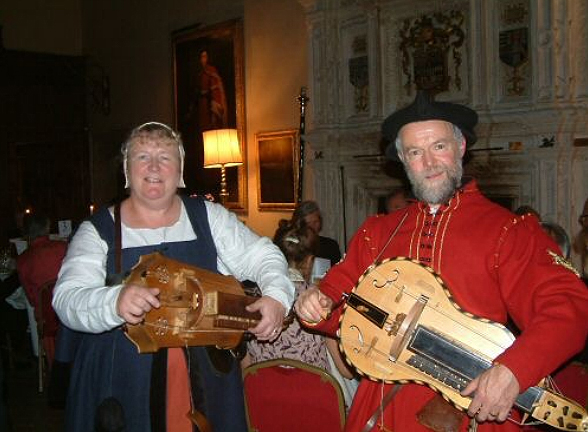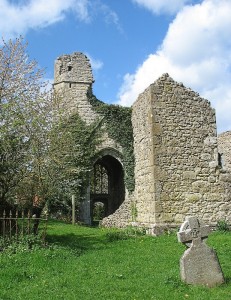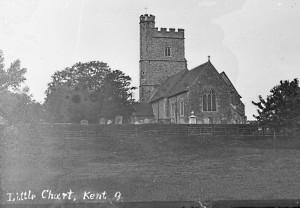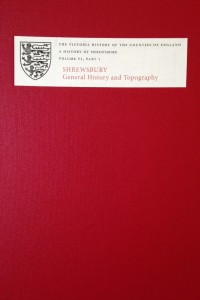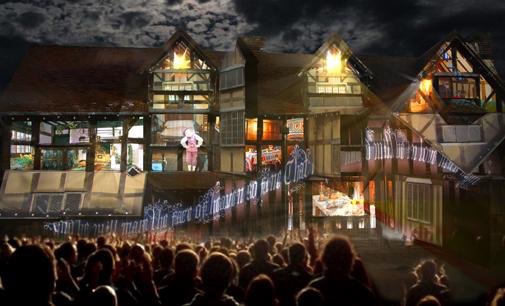This was received from Warwickshire Library and Information Service on Wednesday, 5 April 2017
Dear All,
I would be grateful if you could pass the following information to your members about a recent purchase made by Warwickshire Library and Information Service of the on-line version of the Oxford Dictionary of Family Names in Britain and Ireland. This is really a very useful resource, particularly the comparison between the numbers of people with a surname on 1881 census and those with the same name today.
Hard copies of the 4 volume title are also available at Leamington, Nuneaton and Rugby (temporarily until Stratford re-opens in Henley Street)
Accessing the on-line resource can be done at home if a library member. Go to the referenceandlearning pages and scroll down to the local and family history heading and click on the Oxford Dictionary of Family Names in Britain and Ireland.
Members will be asked for a library card number, please type WARKS before this as in the example below
WARKS12345678
If any of your members live or work in Warwickshire (or an adjoining county) and are not library members they may join the library by completing the form on-line join and a membership card will be posted out to them or they can visit any Warwickshire County Council library with ID (name and address) and join.
Members may also be interested to see the other on-line resources we have including Which? Groves Music, Times Digital Archive etc by looking at the other headings on the referenceandlearning pages
An overview of local and family history material held in libraries can be found at library local studies web pages
Our library catalogue can be found at librarycatalogue (Narrow the search to local studies material on the catalogue, by clicking on the collections arrow, just above the general search box and then click on local studies and family history)
I hope your members will find the above information useful and we look forward to seeing you soon.
Kind regards Louise Essex,
Senior Librarian, Local Studies
Warwickshire Library and Information Service Resources Group Nuneaton Library
Church Street
Nuneaton
CV11 4DR
I work all day Wednesday and Thursday and Friday mornings.
Telephone:01926 412584
Please contact librarylocalstudies@ warwickshire.gov.uk or libraryenquiryteam@ warwickshire.gov.uk
E-mail:louiseessex@ warwickshire.govuk
www.warwickshire.gov.uk/ libraries
